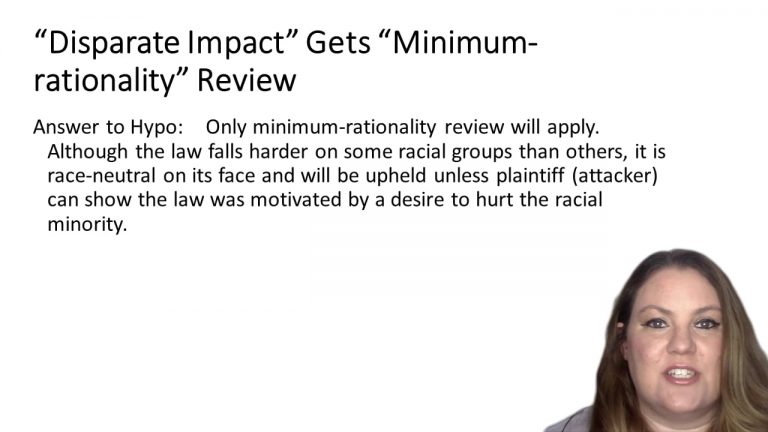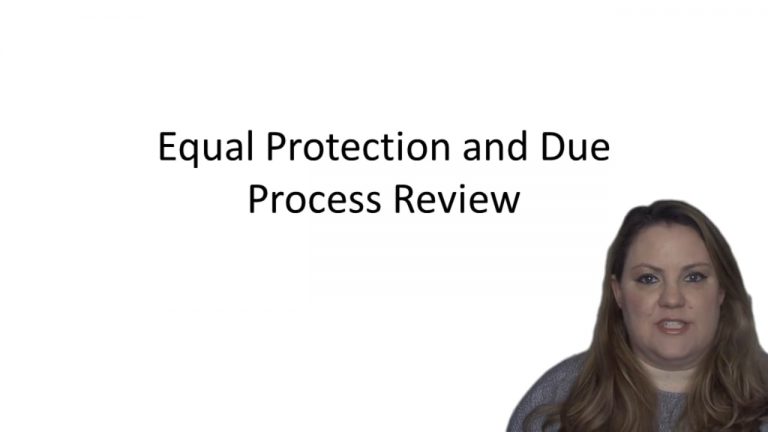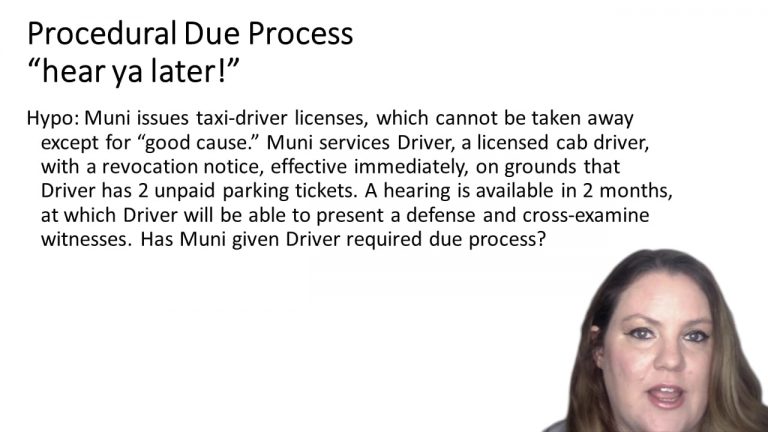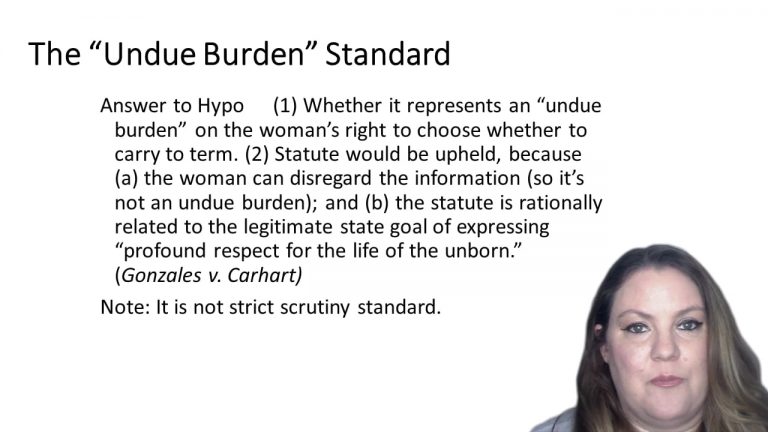SmartBrief
Confirm favorite deletion?
Constitutional Law Keyed to Farber
Bush v. Gore
Citation:
Bush v. Gore, 531 U.S. 98, 121 S.Ct. 525, 148 L.E.2d 388 (2000)Facts
This case arose from the closely contested 2000 presidential election between George W. Bush and Al Gore. Gore won the popular vote, the outcome of the election depended on the 25 electoral college votes from the state of Florida. Gore relied on a Florida statute to request a manual recount of the Florida votes. The statute allowed for the recount of votes where there was an influx of illegal votes or rejection of legal votes. The ballots at issue involved ballot cards on which the voter’s selection for president was completely perforated and others where it was not. The Florida Supreme Court required that those ballots that were not completely perforated to be examined to determine who each voter intended to vote for. Bush sought certiorari and a stay of the recount under the United States Supreme Court.
Only StudyBuddy Pro offers the complete Case Brief Anatomy*
Access the most important case brief elements for optimal case understanding.
*Case Brief Anatomy includes: Brief Prologue, Complete Case Brief, Brief Epilogue
- The Brief Prologue provides necessary case brief introductory information and includes:
Topic:
Identifies the topic of law and where this case fits within your course outline.Parties:
Identifies the cast of characters involved in the case.Procedural Posture & History:
Shares the case history with how lower courts have ruled on the matter.Case Key Terms, Acts, Doctrines, etc.:
A case specific Legal Term Dictionary.Case Doctrines, Acts, Statutes, Amendments and Treatises:
Identifies and Defines Legal Authority used in this case.
- The Case Brief is the complete case summarized and authored in the traditional Law School I.R.A.C. format. The Pro case brief includes:
Brief Facts:
A Synopsis of the Facts of the case.Rule of Law:
Identifies the Legal Principle the Court used in deciding the case.Facts:
What are the factual circumstances that gave rise to the civil or criminal case? What is the relationship of the Parties that are involved in the case.Issue(s):
Lists the Questions of Law that are raised by the Facts of the case.Holding:
Shares the Court's answer to the legal questions raised in the issue.Concurring / Dissenting Opinions:
Includes valuable concurring or dissenting opinions and their key points.Reasoning and Analysis:
Identifies the chain of argument(s) which led the judges to rule as they did.
- The Brief Prologue closes the case brief with important forward-looking discussion and includes:
Policy:
Identifies the Policy if any that has been established by the case.Court Direction:
Shares where the Court went from here for this case.
Topic Resources
Topic Videos
 5m 39s
5m 39s 15m 12s
15m 12s 3m 5s
3m 5s 4m 27s
4m 27sTopic Outline
